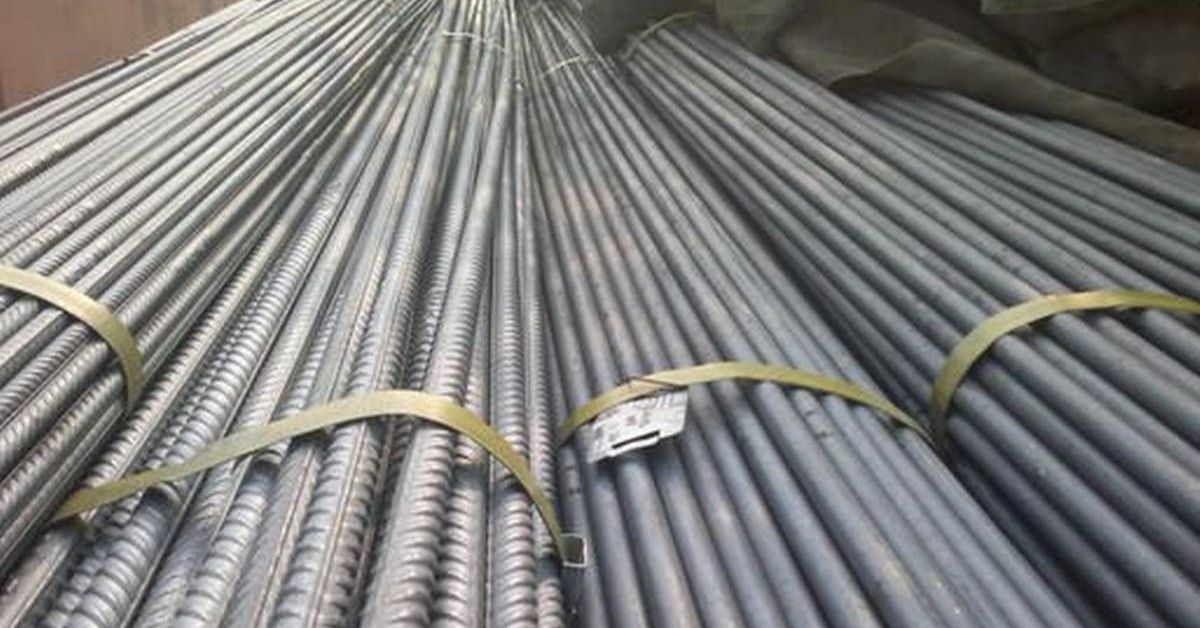Primary steel producers are increasing their export volumes in the July-September quarter–usually a slack season for construction and industrial activity in the domestic market due to monsoons. Rural demand, however, is a concern despite predictions of a good monsoon.
“We have sufficient export orders and so our utilisation levels will remain close to 95 per cent in the July-September period. We are waiting for domestic demand to pick up and see no reason for sluggishness in the coming months. But, construction sites are yet to start and there is no pick up (in demand) so far,” V R Sharma, managing director of Delhi-based Jindal Steel & Power, told Business Standard.
The Naveen Jindal-led company is mainly into long steel products, used largely in the construction and infrastructure segments.
AM/NS India, too, said the share of exports in its total sales has risen. “Exports have been running high since March and Indian mills are mostly booked until August. So utilization levels of industry will remain high even in the July-September period. We are also exporting a higher share of around 40 per cent of our production from usual 10-15 per cent,” said Ranjan Dhar, chief marketing officer at AM/NS India.
The domestic demand in the April-June quarter was down due to the strong second wave of Covid-19, which led to lockdowns in several states of the country. “We are expecting the July-September quarter to be better (in terms of demand) compared to April-June as lockdowns are getting lifted gradually. There is some pick-up in the auto sector and parts of the infrastructure segment but demand from rural regions has still not revived,” said Dhar.
Automobile manufacturers have agreed to pay 10-16 per cent higher price for flat steel products used in the auto sector which is expected to help steel companies. Nonetheless, international prices are higher than domestic so exports are bound to be good. “In the domestic market, there is uncertainty around health so spending has taken a hit but once this worry (regarding health) reduces it will unleash spending,” said Jayant Acharya, director-commercial and marketing at JSW Steel.
The industry capacity utilisation is likely to be 90 per cent plus depending upon individual player’s plans of shutdowns. July-September is usually a slack season for industrial activity so during this quarter steel plants usually take maintenance shutdowns.
“Domestic demand is expected to recover due to easing lockdowns around the country and with the increasing pace and coverage of vaccination. Monsoon is expected to be good and will help rural demand in the medium to long term,” said Tata Steel spokesperson.
Industry experts, however, were of the view that drop in income and household savings could keep demand for steel muted in rural regions as well as semi-urban areas of the country despite a strong monsoon.
According to Joint Plant Committee data, April-February of FY21 saw consumption drop of 9.9 per cent from the same period last year, while exports rose 22 per cent in the period under review.
Globally, hot-rolled coil prices are at $1900 a tonne in the US, at $1,400 a tonne in Europe as against $940 a tonne in India.
Nearly 50 per cent of the domestic steel industry is made of secondary steel producers, which caters to markets where consumers are not brand conscious and need price friendly products.
Tata Steel, AM/NS, state-owned Steel Authority of India (SAIL), Sajjan Jindal-led JSW Steel and Naveen Jindal-led Jindal Steel & Power (JSPL) are among the largest producers of primary steel in the country.
Secondary steel players are, however, not making money since long product prices have crashed and raw material prices continue to stay elevated,” said an industry official on condition of anonymity.
In the domestic market, usually the price difference between hot-rolled coil and TMT Bars used in construction is around Rs 4,000 per tonne. This difference has widened significantly to about Rs 18,000 per tonne at present, said industry officials.
Source : Business Standard







